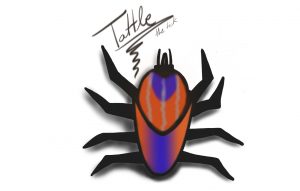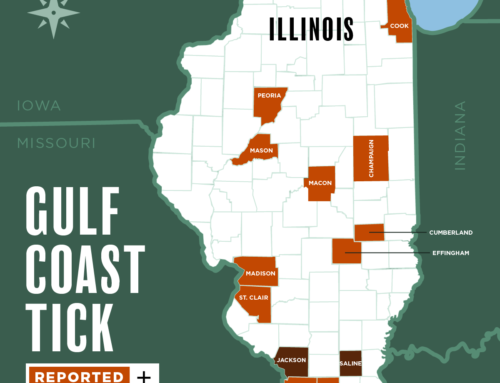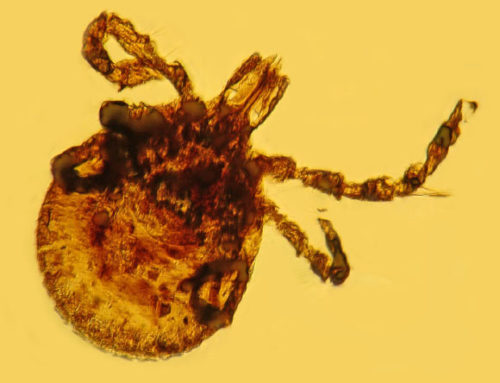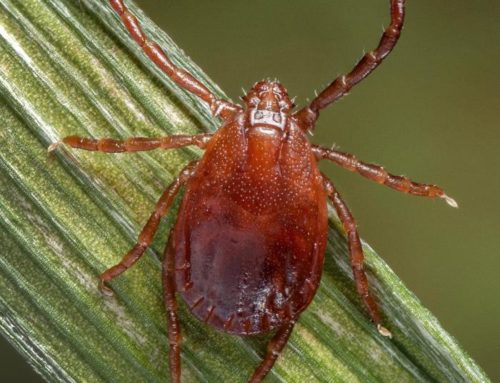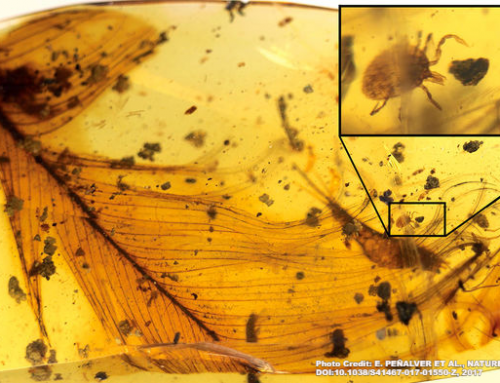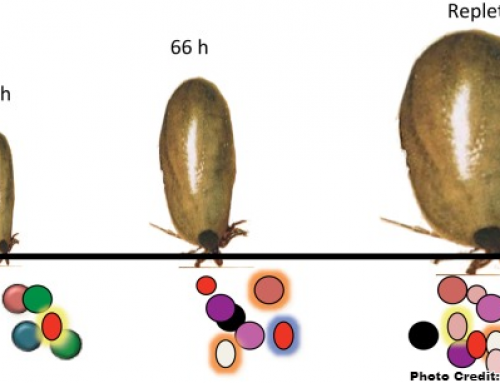Hi everyone, happy Monday!
I hope you’re all staying healthy and continuing to social distance. My mask has been my best friend for the past couple months and I don’t see that changing anytime soon *sigh*. On a tick related note, today I am going to be talking about some interesting survey results from a research team in New York.
This survey, led by Upstate Medical University’s Thangamani Lab, found that the top location for deer ticks (Ixodes scapularis) to be attached are the thighs. The deer tick happens to be the most prevalent species in the state and are very well-known carriers of Lyme disease. The data comes from the Lab’s citizen science tick testing program, similar to our I-TICK program! They asked the public of New York to send in any ticks they may have found to be tested. If they were attached, the participants were asked what to identify what part of the body the tick was attached to. The overall goal of the Lab’s research is to develop new “countermeasures to control and prevent tick and mosquito-borne diseases” such as Powassan encephalitis, Babesiosis and Lyme disease.
Dr.Thangamani stated that she was not surprised that the top locations for a tick to be attached were the thighs, waist and stomach because ticks prefer warm, moist areas. Ticks were also found to be attached in the scalp, groin, underarms, wrists, belly button, foot, and other areas. The survey also found that ticks found on the upper back were the most likely to test positive for being carriers of Lyme disease. The area second most likely was the stomach (23.6%). One third of the 5,000 tick samples they were sent were found to carry Lyme disease causing bacterium. This is why it’s so important to thoroughly check your entire body after being in a tick prevalent area! If you’d like more detailed information on how to prevent and check for ticks, go to this link, and for tick removal, click on this link from the CDC.
If you’d like to check out the Thangamani Lab’s interactive tick surveillance map of New York, go to their site: https://thangamani-lab.com/ny-tick-results !
Hope you all safely enjoy the rest of the summer! Remember to continue to check for ticks after your outdoor adventures! See you back on campus in the fall (hoping that we don’t all get sent home).
Tattle 🙂
